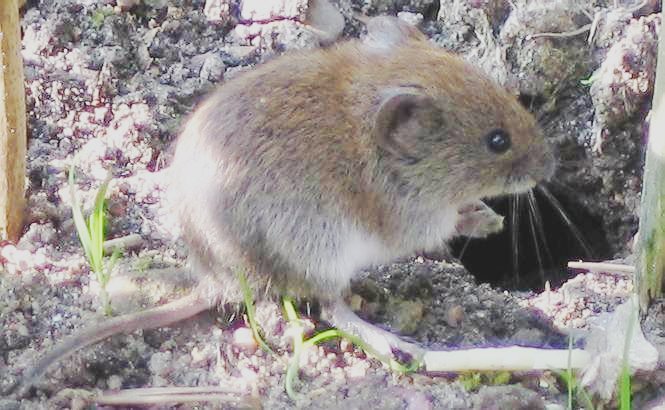BY HARRY WEEKES
I am currently enjoying a rather robust Duolingo streak; doing what I can to learn Spanish. I have done listening drills, speaking exercises, and am working, almost continually, on past mistakes. I have covered topics in Habits, At Home, and Travelling, and have learned commands, different tenses, and even how to change Duo’s (Duolingo’s iconic owl) wardrobe into a Bruce Lee-inspired yellow tracksuit. Suffice to say, I am in.
My progress in Spanish encouraged me to think about other languages. Tempted as I was to embrace my inner and outer nerd, I passed over Klingon in favor of Japanese in an effort to explore a language constructed completely differently than my own.
I thought this would be good for my brain.
I lasted about a week in “Tri-lingo” and figured I had better focus on Spanish.
And then I heard another voice. Another language so different and distinct from my own that all I could do was stand and wonder.
The setting was perfect. It was shortly after 5 a.m. and a half moon hung low over Baldy, nicely illuminating the packed snow path. Warm days had turned the snow into “hard ground” (what my siblings and I called snow when it crusted over in the late winter). Just as I was wondering how deep the path was, I heard a squeak. And then, vigorous squeaking. The voice was clear and it was clear that it was one voice. It was also incredibly odd, since I could not see the animal, though it sounded like it was right on the snow. Nope. Just under. In that mysterious subnivean world.
The thoughts came out in questions. “Is that a mouse?” “I wonder if that’s a vole?” “Is it in distress?” “What if it’s engaged with some kind of weasel?” “If I stand here, will an owl swoop in?” “Will some other kind of predator be alerted?” “Perhaps this happy, chirping bundle of fur is holding some kind of court over his fellow furbearing family or friends?”
The most obvious observation—I do not speak vole. Even though I have heard a squeak here and there, I have both little continuity with the language and also very little exposure to it.
But here is the magical thing. I stood in that spot for perhaps five minutes. In that time, I am pretty sure I recognized and understood that the animal was either a mouse or a vole. If I had to guess, I would say vole, as there was a certain depth and resonance that pointed to a larger animal. What started out sounding like distress turned to something else. The animal’s voice did not change, my interpretation of it did. The longer I listened, the less it sounded like nervous twittering and the more it felt like some kind of adult animal scolding others, or perhaps talking, annoyedly, to itself.
And then quiet.
I tested the ground with my foot and got close to the voice’s point of origin.
Nothing.
Then, some small bird made a noise in the willows, and I heard the ducks gently clucking on the pond. These were not noises. They were other voices, other languages. As mysterious as Japanese, and Farsi, and Navajo, they also reflected what languages do—the fingerprint, and subtlety, and complexity of a culture. In this case, the culture, or cultures, of wild things.
For my part, I smiled and headed back on my way. Crunching mutely along, certain of one thing—this is good for my brain.
Harry Weekes is the founder and head of school at The Sage School in Hailey. This is his 50th year in the Wood River Valley, where he lives with Hilary and one of their three baby adults—Simon. The other members of the flock, Georgia and Penelope, are currently fledging at Davidson College in North Carolina and Middlebury College in Vermont, respectively.



